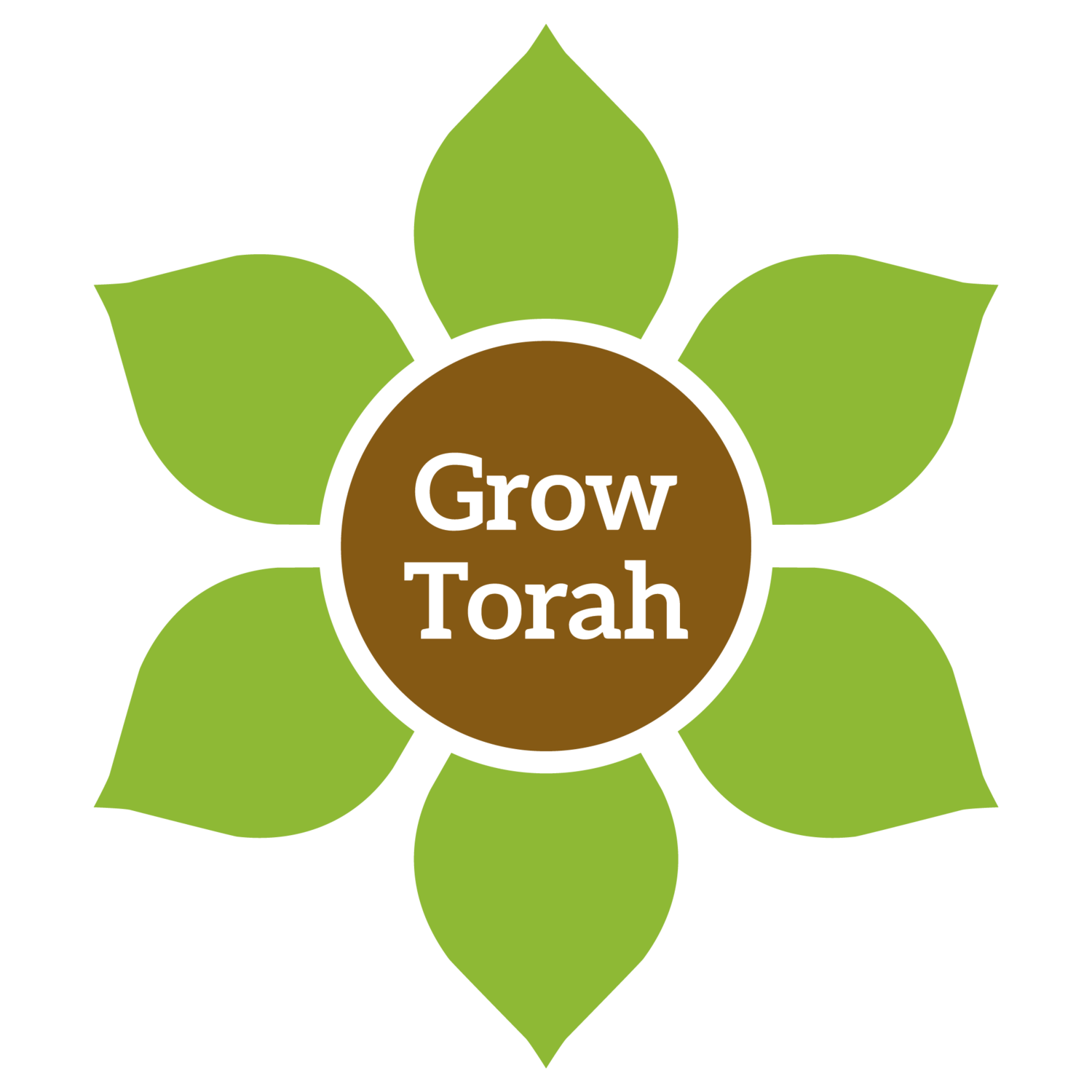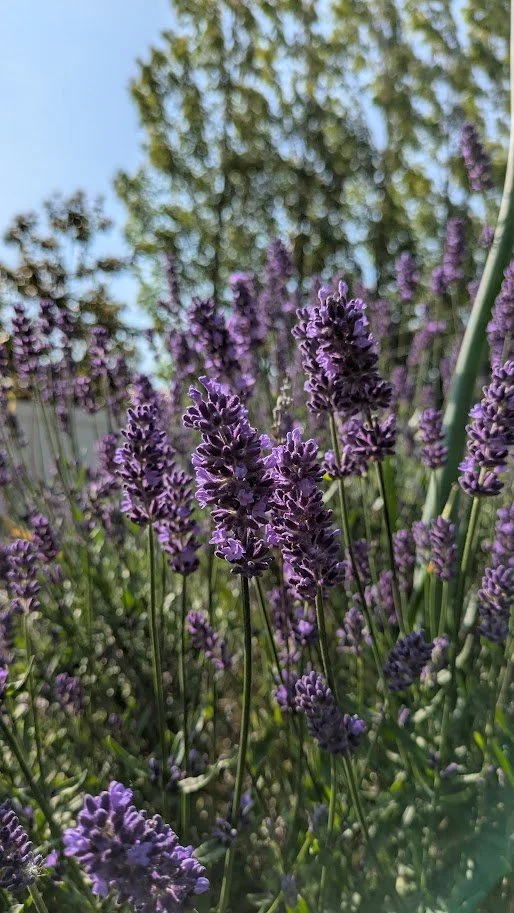Lavender - לַוַנְדֶּר
Agricultural Information:
Family: Labiatae (Lamiaceae)
Scientific name: Lavandula stoechas L.
Lavender is a fragrant, woody perennial plant from the Labiatae family. Lavender is not used for food or seasoning, but mainly for its scent and for medicinal purposes.
An interesting fact is that one of the most common antidepressant medications today, Lasea, is derived from lavender oil.
Historical Information:
Ezoviyon is mentioned in the Talmud as a plant used for medicinal purposes, and as a species that should not be used as a substitute for ezov (identified as hyssop) when sprinkling water with the ashes of the red heifer for ritual purification. There are several identifications of this plant; one of the main identifications is of the lavender plant – Lavandula stoechas, (a.k.a. topped lavender and French lavender) or medicinal lavender. Some claim that lavender is the identification for the shibolet nerd (שִׁבֹּלֶת נֵרְדְּ) mentioned as part of the incense ingredients.
Halachic Information:
Kilei zera’im & kilei hakerem (interplanting: annuals & grapevines): Lavender is a perennial woody plant and is therefore halachically classified as a tree according, meaning it is permissible to plant it near edible annuals and grapevines.
Terumot & ma’aserot (offerings & tithes): Lavender is used only for its fragrance or for medicinal purposes. It is not used as a seasoning, and therefore there is no obligation to separate tithes from it.
Kedushat shevi’it (Sabbatical year sanctity): Essential oils that come from plants used primarily for medicinal purposes may be extracted during the shemitah year, and this applies to lavender as well. Note that this oil has the holy shemitah status.
Orlah (waiting three years for fruit): While classified as a tree, since its leaves are used and not its botanical fruit, orlah laws do not apply to the leaves
Blessing for fragrance: Borei atzei beseamim.
Information about plants as they relate to torah and mitzvot has been generously provided by Mercaz Torah VeHa’aretz Institute.


